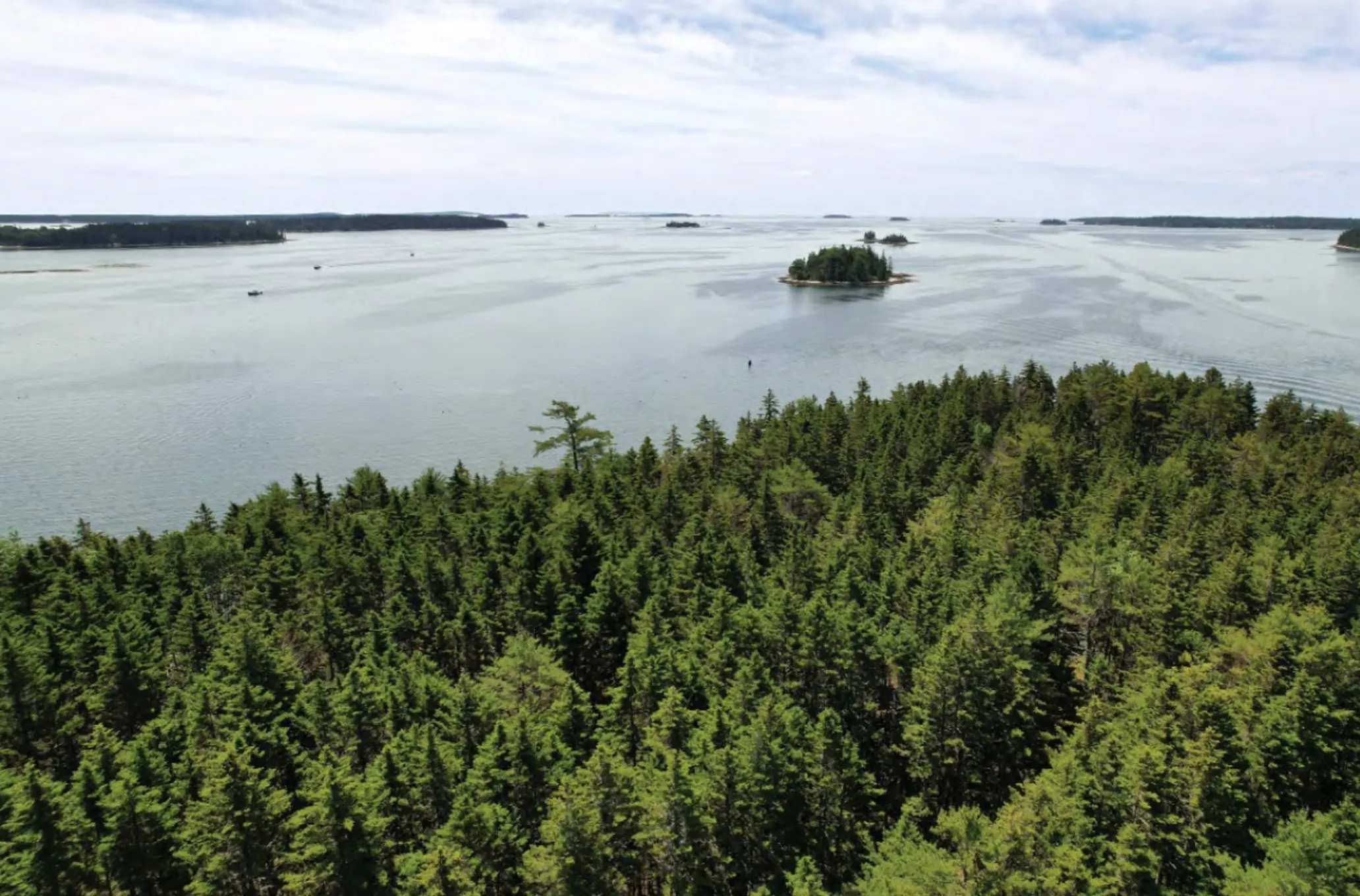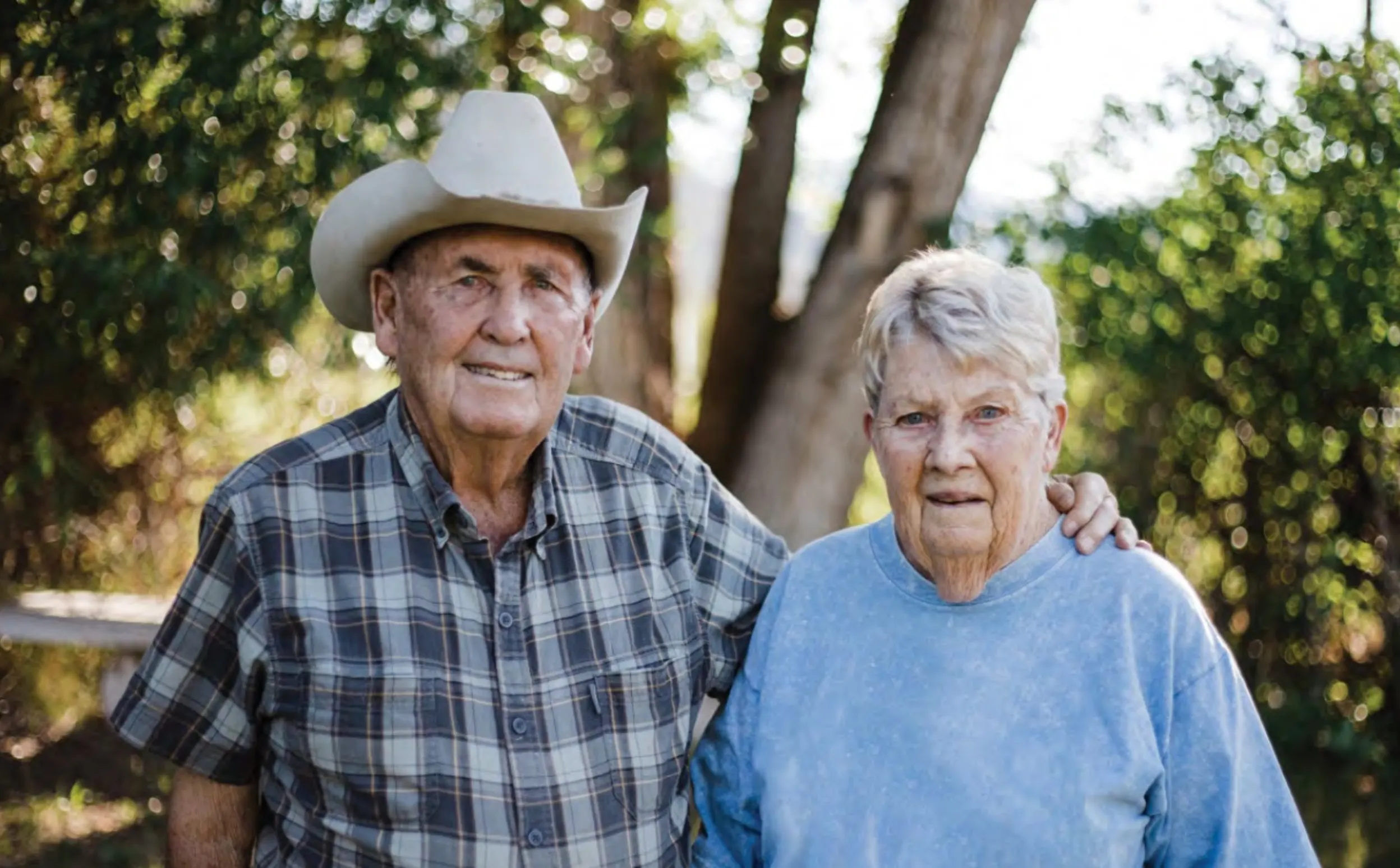Making 30x30 work
Land trusts across the country are setting new and bigger goals as part of a global movement to increase the pace of conservation and address challenges such as climate change, loss of habitat and agricultural lands, and to ensure equitable access to the land.

The America the Beautiful initiative — known as 30x30 — is rooted in the scientific community’s goal of protecting 30% of the world’s lands and waters by 2030. The amount of protected land in the U.S. currently stands at 12%. By protecting an estimated 440 million more acres in the U.S., the initiative aims to forestall the impacts of climate change, increase biodiversity and make landscapes more climate-resilient; it also seeks to increase access to nature in places where people have historically been excluded or forcibly removed. Some $1 billion in funding is planned to support 30x30 land protection efforts.
The initiative represents an incredible opportunity to bring urgent focus to conservation, as well as funding. Yet for all its promise, 30x30 faces challenges. Especially in the West and Midwest, some governors and legislators oppose 30x30, branding it as a federal “land grab.” In their criticism, they often conflate the tax-funded means used by governments to protect public land—such as national parks, monuments and forests—with the voluntary, charitable means that land trusts use to conserve natural areas on private property. In some areas, misinformation about 30x30 is eroding public support for new preserves and conservation easements.
“The Alliance is working hard to help land trusts navigate the challenges and opportunities of 30x30,” said Lori Faeth, senior government relations director at the Alliance. “In particular, we want to help land trusts benefit from the increased funding that can help accelerate private land conservation.”
Here, a few land trust leaders from the West, Midwest and East share how they are pursuing 30x30 goals.
California dreamin' about jobs
In California, Kay Ogden, executive director/CEO of the accredited Eastern Sierra Land Trust (ESLT), has reason to be optimistic. In October 2020, Gov. Gavin Newsom signed an executive order that commits the Golden State to protecting 6 million more acres of land and 500,000 more acres of coastal waters by 2030. The California Natural Resources Agency oversees the effort, which includes a range of state agencies. By collaborating on 30x30 with state and federal agencies, land trusts can tap into new resources and expertise. They can also keep in the loop about new grant opportunities and give land trusts a voice in 30x30 policy decisions.
“We need to ensure that private land conservation — and not just public land — is woven throughout 30x30,” said Ogden, who also volunteers as vice-chair of the California Council of Land Trusts (CCLT). It helps, Ogden says, that her board fully supports her expanded role in 30x30. ESLT trustees have also commented on statewide plans and attended online meetings.
According to a CCLT survey, California’s 33 land trusts have protected 2.45 million acres, with 2.1 million acres in the queue and another 1.4 million on the horizon. But as Ogden points out, land trusts will require more staff — far more in some cases — to meet these goals.
“We’re working with several state agencies to seek legislative funding that will build land trusts’ internal capacity,” Ogden said. “Getting that passed will give us the staff we need for more due diligence, land transactions, communication and data collection.”
At the same time, land trust leaders can take affordable steps on their own to advance 30x30’s equity goals. For ESLT, this includes partnering with tribal communities to use land trust properties in ways that further their cultural heritage.
“We’re working with attorneys to see how we can support Indigenous practices such as dances, ceremonies, overnight camping and gathering medicinal herbs,” Ogden said. “We want to put a stronger focus on restoring traditional rights on the lands we protect.”
Pursuing 30x30 by another name
While 30x30 has become a rallying cry for conservation in some places, it has become an obstacle in others, especially where political opposition to conservation easements already exists or is growing. In some Midwestern and Western states, land trusts go to great lengths to avoid mentioning 30x30 and conservation easements in the same breath “because that simply plays to our opponent’s narrative that the two are linked,” noted one executive director. This is prompting creative efforts to re-brand 30x30 or avoid talking about it altogether.
In Colorado, the accredited Aspen Valley Land Trust (AVLT) has readily embraced the goals of 30x30, but not always the language. As the state’s oldest land trust, it took AVLT 55 years to protect its first 45,000 acres. Then in May, AVLT committed to protecting another 40,000 to 50,000 acres by 2032. While the plan was in the works before 30x30, it does reflect its ethos: that conservation must evolve in response to changing needs.
AVLT’s board helped to create and distribute the plan. There’s also a board committee that focuses on equity goals, and another that uses a new scorecard — based on the plan’s goals and data — to review potential conservation projects. Still, when it comes to discussing 30x30, AVLT knows that audience and context matters.
“It’s kind of a balancing act,” said Carly Bolliger, AVLT’s communications and engagement director. “In parts of our region, some people want to talk about 30x30 and climate change. In other parts, people typically discuss changing weather patterns, flash floods, wildfires and the unusually hot summers. Everyone is on board when we talk about these climate-related problems from a solutions approach.”

Here, too, AVLT has used 30x30’s equity focus to build common ground. While a map of AVLT’s service area shows a wealth of public land, it’s mostly on mountain tops with steep hiking trails, which may be a 30-to-60-minute drive from nearby towns. In response to community input, AVLT has focused on new preserves within walking distance of towns, as well as a rural property along the Roaring Fork River. River access is a rare commodity in the region, and AVLT will use the property as an outdoor classroom for pilot programs in conservation.
“The more people who we connect to nature, the more people who can embrace this work,” Bolliger said.
Beyond land protection in Maine
On the East Coast, 30x30 hasn’t greatly changed how staff at the accredited Midcoast Conservancy in Maine perceive their mission. It has, however, inspired them to build on its momentum—and even add their own twists.
“30x30 ties into the work we’re already doing,” said Chris Schorn, Midcoast’s director of land conservation. “It gives us a great opportunity to throw our cap over the wall and achieve a conservation goal that aligns with the federal goal and with the Maine Climate Council’s goal.”
Midcoast has committed to protecting 30,000 acres across their 450-square-mile service area. This expansion will roughly double the amount they now conserve. But, as Schorn pointed out, acres alone aren’t the only metric that matters. For example, on Damariscotta Lake, a 4,300-acre body of water in Lincoln County, Midcoast staff teach conservation education programs for landowners. They cover topics such as lake-smart landscaping (to reduce sediment runoff), bird-friendly practices and water quality management. These practices allow Midcoast to improve the lake’s ecological health without buying more land or holding more easements.
“Engagement has been through the roof,” Schorn said.
Of course, running more outreach programs and accelerating land conservation can also make personnel costs go through the roof. But that’s where Midcoast’s board has stepped in.
“Our board has strategically planned to implement 30x30 by budgeting for increased staff capacity,” said Pete Nichols, Midcoast’s executive director. “We’re also establishing a dedicated 30x30 conservation fund to provide working capital for priority land conservation opportunities.”
To further its impact, Midcoast is conducting a 30x30 analysis that looks at environmental conditions, land connectivity, development risks and criteria for land protection. By sharing this model, they want partners to understand the imperiled areas that most need protection in their region.
“It’s incumbent on us to show how land trusts are aiding and abetting local conservation to improve conservation in places that want increased public access,” Schorn said. “30x30 isn’t just about doing it fast but doing it right.”